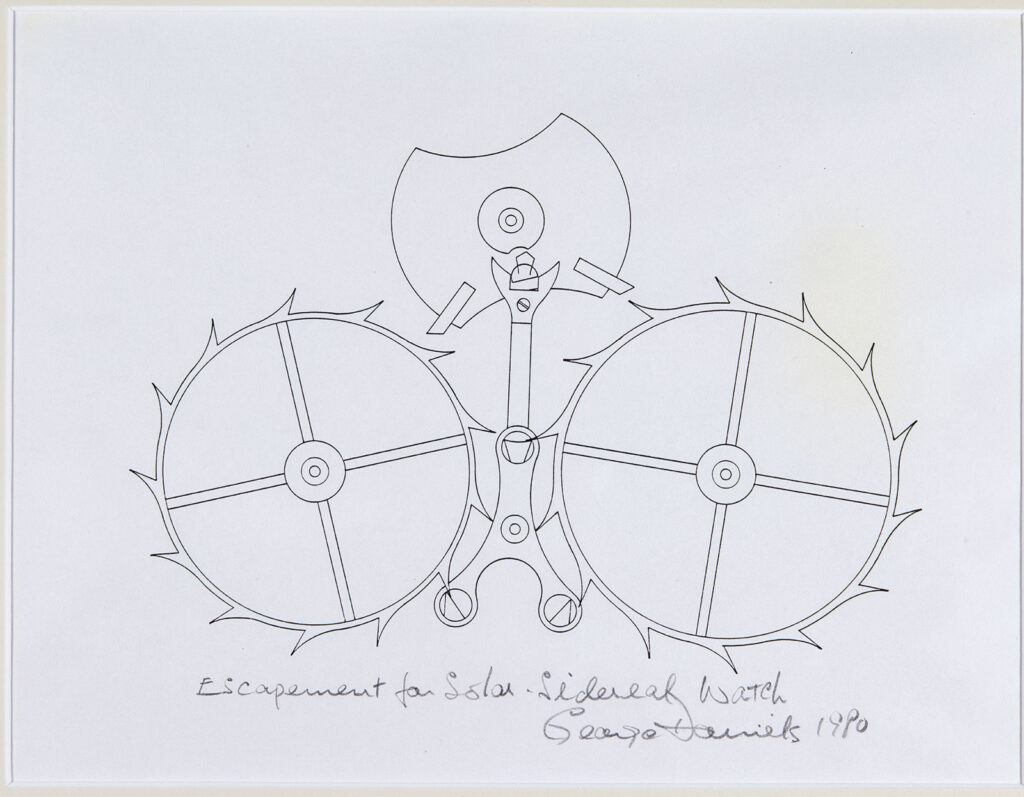It’s not often we see a wholly new model released by Rolex. The Sky-Dweller was the last to bring a novel feature to life in 2012, and the 1908 brought a new caliber to life in 2023. This year, we’re seeing the introduction of an entirely new collection called the Land-Dweller, featuring a new case and bracelet design, and more importantly, a new caliber called the 7135 using what the brand is calling a Dynapulse escapement; a modern reengineering of the natural escapement invented by none other than Abraham-Louis Breguet in the late 18th century. Whatever your feelings on the Land-Dweller may be, the caliber 7135 and this escapement is the real story here, and will likely serve as the base of the next generation of Rolex calibers across multiple collections.

Before patenting the tourbillon in 1801, Breguet came up with the idea of a natural escapement, a double-wheel chronometer escapement that needed no oil. In theory, at least. The idea was to improve on the lever escapement, which came in 1755, by eliminating the sliding friction between the stones in the palette fork and the escape wheel, thus eliminating the need for lubrication. Dialing the clock back to the mid 17th century, and the lubrication options weren’t quite up to the task of long term reliability within the confines of a 2.5Hz movement. Breguet’s solution was to incorporate elements of the existing lever escapement, with the detent escapement, which was invented in 1748 by Pierre Le Roy.

The natural escapement used a detent set between a pair of escape wheels sending a direct impulse to the balance. This nearly eliminated the sliding friction, but it suffered from parasitic energy loss between the meshing of the gears. The natural escapement was used in a small number of marine chronometers, but was never made fit for broad production. English watchmaker George Daniels would pick up the idea once again in the 1960s and even produced it in the form of a pocketwatch called the Space Traveller (he created two separate mainsprings and gear trains to power each of the escape wheels, thus allowing for the tracking of sidereal time alongside regular time).

So what does all this have to do with the new Rolex caliber 7135? Well, the Dynapulse uses the same underlying principle, with modern engineering applied to bring it to life at a commercial scale. The result isn’t quite a natural escapement, but it finds itself in the same evolutionary branch. There is a single mainspring barrel (with 66 hours of reserve) routing power through a single gear train toward a pair of uniquely shaped escape wheels, though it’s only connected to one of them (like a traditional natural escapement). As it turns in one direction, it sends the other turning in the opposing direction, with a regulating body between them managing the impulse to the oscillator (rather than a detent).
The oscillator is connected to a brass balance wheel via ceramic balance staff, while the hairspring is Rolex’s proprietary Syloxi material. Everything is held in place by a full balance bridge and secured with the Paraflex system. The net result is a regulating system that requires only a small amount of oil dispensed on a scale of nanolitres, and timekeeping that Rolex is listing at +/-2 seconds per day.
All of this is set within a new collection called the Land-Dweller, an integrated bracelet design being introduced in 36mm and 40mm cases, in steel/white gold (Rolesor), 18k Everose, and 918 platinum. The last time Rolex dabbled in the integrated bracelet game was the Oysterquartz across the Day-Date and Datejust collections. Sales of those watches ended in 2003. Here, the design feels suitably old-school in nature, but modern in execution. The new movement allows for a total thickness of just 9.7mm, and it is visible through an exhibition back.

The aesthetic of the Land-Dweller will be polarizing, but zooming out, the bigger picture is the new caliber architecture being introduced, and how it will be rolled out to additional collections in the future. It took decades to fully roll out the 32XX series movement, and it will likely be a similar story with this system making its way into watches like the Submariner, the Daytona, the GMT, and others.

The Land-Dweller in Oystersteel is priced from $14,900, in Everose and diamonds from $88,300, and in Platinum for $63,500. I’ll have hands-on impressions, more details, and thoughts coming later this week. Rolex

